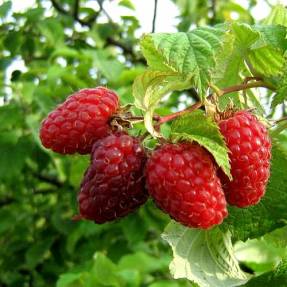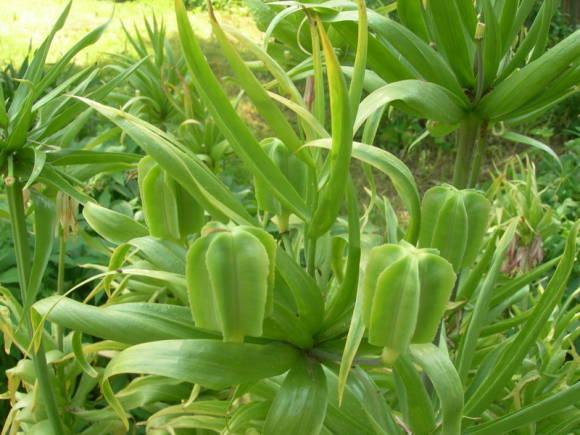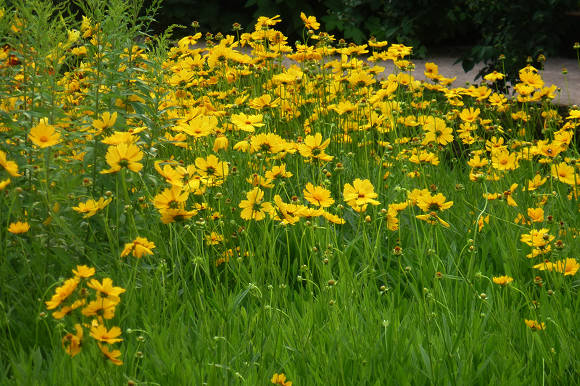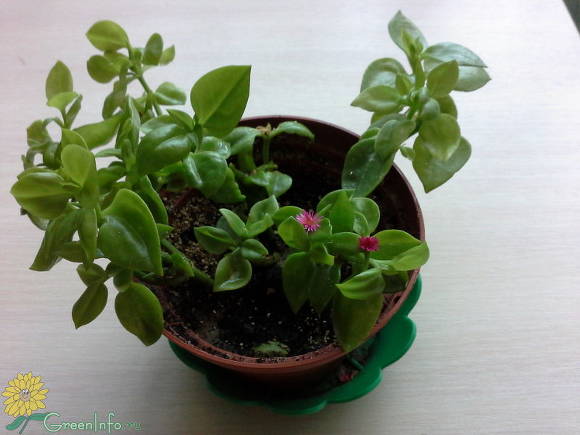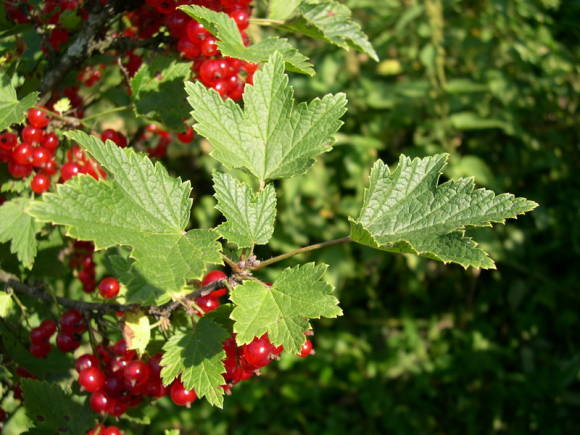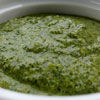
Science knows several dozen species of wheatgrass. In Asia alone, 53 species are distinguished. But we all know, of course, creeping wheatgrass (Elytrigia repens (L.) Nevski). This, well, very annoying weed, is found in almost any field and in the gardens of even very hardworking summer residents. He's just some kind of ineradicable. But in the ecstasy of fighting this plant, we somehow do not think that its rhizomes, extracted in spring and autumn when digging beds or when conquering a new territory for edible plants, can be used as a valuable medicinal raw material and even as a plant paint that colors fabric in wonderful gray. In addition, it is a good forage plant. In culture, it can yield up to 50-60 c / ha of hay.
Medicinal raw materials
Finding this plant in the vastness of our vast homeland will not be difficult. It is found almost throughout Russia - even in the Far East and Kamchatka as an invasive plant. Collect, as already mentioned, the rhizomes, they are thoroughly cleaned of soil, small roots, remnants of leaves and stems, quickly washed with cold water and dried in a place protected from the sun, laid out on paper. Some authors recommend not washing them, but only shaking them off. Probably, such a recommendation has a right to exist, but in this case, you should prepare the rhizomes yourself, or at least know where they were dug, and cook from them not an infusion, but a decoction, which needs to be boiled for at least a few minutes. Otherwise, there is a possibility of getting something bad with the raw material in the form of worms or pathogens.

Before the revolution in the Russian Empire, wheatgrass was specially harvested for pharmaceutical needs. In the Poltava province alone, over 200 poods of rhizomes were collected annually. In the XIX-XX centuries, this raw material was an article of export. From the Voronezh province to Europe, up to several hundred poods of raw materials were exported annually, and in the USSR it was harvested for sale in European countries. But alas, despite the fact that wheatgrass has not disappeared from the fields, it is no longer harvested for import. But Poland, for example, exports wheatgrass rhizomes to Western Europe to this day. Once upon a time, Russia also carried out such exports.
Chemical composition
Rhizomes contain the polysaccharide triticin, levulose (3-4%), mannitol (about 3%), inulin, inositol, fructose, mucous substances (up to 10%) and other carbohydrates, as well as agropyrene, glucovanillin, malic acid salts, protein substances ( about 9%), fatty oil, essential oil (up to 0.006%), carotene (about 6 mg%) and ascorbic acid (up to 150 mg%), essential oil (0.05%), carotene (up to 6 mg).
Medicinal properties of wheatgrass
Wheatgrass is not used in scientific medicine in Russia now. It is included only in some dietary supplements designed to cleanse the body. Official medicinal preparations containing creeping wheatgrass are produced in Germany and Switzerland for the treatment of inflammatory diseases of the trachea and bronchi, as well as diuretics. But in folk medicine it is still used very widely.
Avicenna wrote about its healing properties. He considered this plant multifunctional and suggested using it for ulcers and bladder stones, for fresh wounds, for various catarrhs. The great healer used squeezed wheatgrass juice mixed with honey and wine for eye diseases. Traditional medicine in Russia also knew about the therapeutic effect of wheatgrass, because it was not without reason that sick animals were eating fresh young leaves of wheatgrass. Doctors treated them with colds, fever, stomach and liver diseases. It was believed that wheatgrass juice helped with loss of vision. In Western Siberia and the Urals, a decoction of wheatgrass is taken for urinary incontinence, diathesis, eczema, cough, tuberculosis, partial loss of vision, jaundice, and even syphilis - for almost all occasions. In Ukraine, wheatgrass is used for cholelithiasis, for chronic enterocolitis, constipation, and scrofula.In Karelia, wheatgrass preparations are used for tracheitis, bronchitis, pneumonia, exudative diathesis, eczema, hypertension, diabetes mellitus. In Moldova, wheatgrass is used for washing wounds and boils.

The property of rhizomes to restore metabolism in case of violation is very valuable and, accordingly, is used for kidney stones, metabolic arthritis and skin diseases. Many authors note that a decoction of wheatgrass rhizomes improves carbohydrate metabolism and hematopoiesis. Therefore, it is a good remedy for diseases associated with a violation of mineral metabolism, for urolithiasis and gallstone diseases, metabolic arthritis and osteochondrosis. Tricytin and levulose have a regulating effect on disorders of mineral and carbohydrate metabolism.
For cholelithiasis and kidney stones, a decoction or infusion is used. Prepare a broth at the rate of 1:10, take 1 tablespoon 3-4 times a day. Cold infusion is prepared at the rate of 15 g of rhizomes per 2 cups of cold water, infused for 10-12 hours and drunk 1/2 cup 3-4 times a day. When preparing such an infusion and taking into account the lack of heat treatment of raw materials, it is necessary to use washed rhizomes, and the raw material should be properly crushed for better extraction.
In the summer, instead of a decoction for stones in the gallbladder, you can use juice from fresh leaves and stems of wheatgrass, 1 / 2-1 glass per day.
The broth is useful for cystitis, nephritis, neuroses.
Phytotherapists love the term “blood-purifying effect”. It is believed that such funds are necessary not only for disorders of salt, but also lipid metabolism. Lack of inositol in the body leads to an increase in cholesterol content, degenerative changes in the liver. Often, with impaired liver function, all kinds of skin rashes, furunculosis and other skin problems are noted. In this case, wheatgrass is especially indicated, since the inositol contained in the rhizome regulates lipid metabolism in the patient.
Wheatgrass creeping is effective for furunculosis, acne vulgaris and other skin diseases. In Bulgarian therapy, it is used in the complex treatment of eczema, neurodermatitis, urticaria, collagenosis, baldness, and graying hair. In addition, creeping wheatgrass is recommended in folk medicine for diabetes mellitus. The silica contained in the wheatgrass helps to strengthen the vascular wall and acts as an anti-inflammatory. In Belarus, it is recommended to take a decoction of wheatgrass roots in water or milk in case of pulmonary tuberculosis. And this recommendation is probably based on the presence of silicon in this plant.
Application recipes

For use in pulmonary tuberculosis, it is recommended wheatgrass decoction in milk... Boil 2 tablespoons of dried wheatgrass roots (fresh - 1 tablespoon) in 1 glass of milk for 5 minutes, cool slightly and drink in 1 dose. Take up to 3 glasses a day.
With furunculosis, it is recommended infusion of rhizomes wheatgrass is taken orally for 3-4 weeks in a glass 2-3 times a day.
For skin diseases, diathesis, rickets, hemorrhoids, baths with infusion of wheatgrass rhizomes are used (the course of treatment is 10-15 baths). To do this, take 50 g of crushed rhizomes, boil in 5 liters of water for 30 minutes, filter and pour it chilled into the bath.
Wheatgrass rhizomes are included in breast tea, which is associated with the presence of various polysaccharides and, above all, mucous substances. But for chronic diseases, bronchitis, pneumonia, you can use the juice from the fresh aerial part of the plant. Drink it for 3-4 months, 1/2 cup 3-4 times a day 30-40 minutes before meals.
The anti-inflammatory and emollient effect of polysaccharides also explains the effectiveness of the use of wheatgrass in gastritis and enterocolitis.
Some sources provide data on the effectiveness of taking wheatgrass preparations for hypothalamic syndrome and multiple sclerosis.
And also wheatgrass tea is a good general tonic. Fatigue and weakness are relieved by drinking tea from wheatgrass rhizomes.At the same time, all components work together - both vitamins and minerals, saponins and related compounds. Tea is drunk regularly for several weeks, 1 cup 2 times a day.
Wheatgrass as a food plant
In general, all parts of wheatgrass have long been rather successfully used for food. Fresh wheatgrass rhizomes are used to prepare soups, salads, side dishes for fatty meat, fish, vegetable dishes. The dried rhizomes are ground into flour, from which porridge and jelly are cooked, it is added to wheat and rye flour when baking bread, flat cakes and pancakes. A surrogate coffee is prepared from roasted rhizomes.
Well, and finally - a couple of recipes for lovers of everything unusual:
- Spring vitamin salad from wheatgrass rhizomes with other plants,
- Wheatgrass puree.
